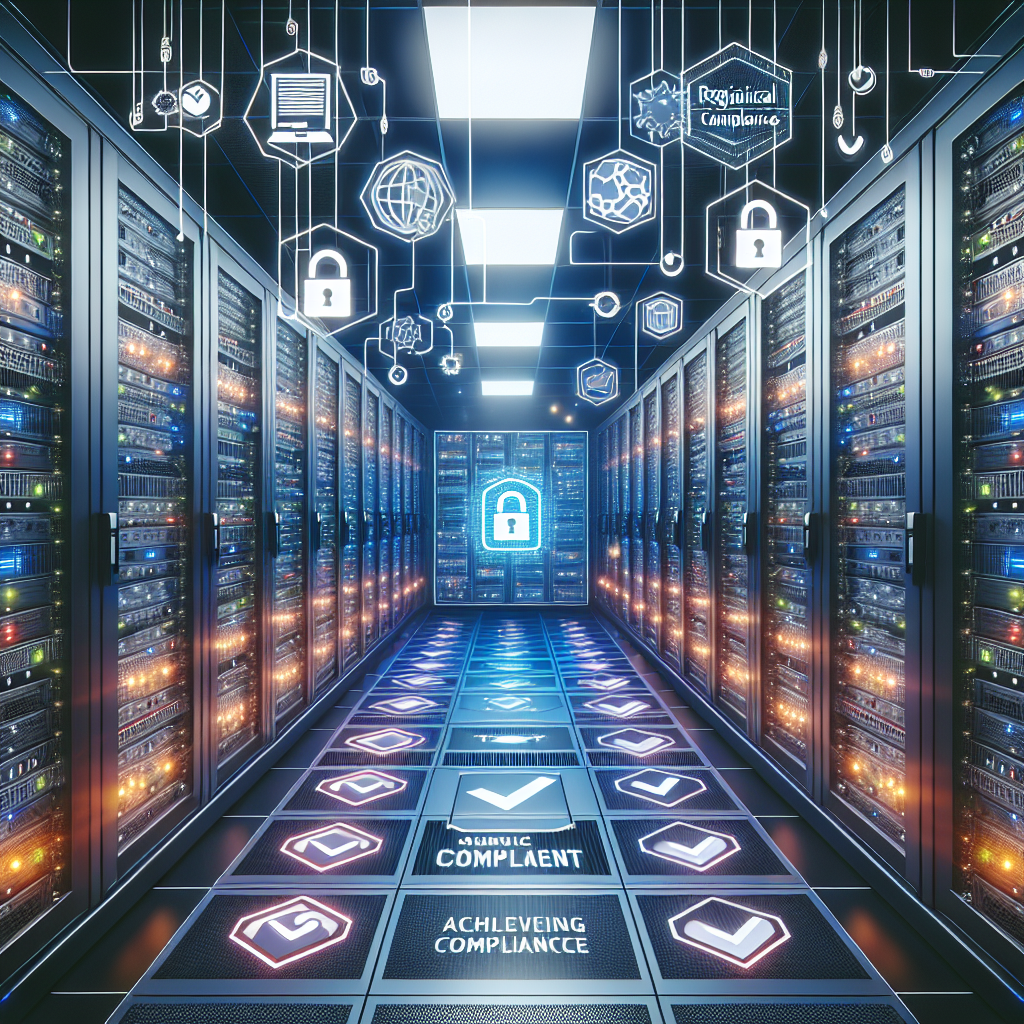In today’s increasingly complex regulatory landscape, data center compliance has become a top priority for organizations of all sizes. From GDPR to HIPAA to PCI DSS, there are a myriad of regulations that companies must adhere to in order to protect sensitive data and avoid costly fines.
Achieving data center compliance requires a comprehensive approach that encompasses not only technical solutions, but also policy and procedural measures. By implementing best practices for data center compliance, organizations can ensure that their data is secure and their operations are in line with regulatory requirements.
One key best practice for achieving data center compliance is to conduct regular audits and assessments of your data center infrastructure. This includes assessing physical security measures, such as access controls and surveillance systems, as well as evaluating the effectiveness of data encryption and other technical safeguards. Regular audits can help identify vulnerabilities and ensure that your data center is meeting regulatory standards.
Another important best practice is to implement robust data governance policies and procedures. This includes defining data classification standards, establishing data retention policies, and implementing access controls to ensure that only authorized personnel have access to sensitive data. By establishing clear policies and procedures for data management, organizations can reduce the risk of data breaches and demonstrate compliance with regulatory requirements.
In addition to technical and policy measures, training and education are also essential for achieving data center compliance. Employees at all levels of the organization should receive training on data security best practices, including how to identify and report security incidents. By investing in employee training, organizations can create a culture of security awareness and ensure that everyone is aligned with compliance requirements.
Finally, it’s important to stay informed about changes in regulatory requirements and industry best practices. The regulatory landscape is constantly evolving, and organizations must stay up-to-date on new regulations and guidelines that may impact data center compliance. By staying informed and proactive, organizations can ensure that their data center operations remain compliant and secure.
In conclusion, achieving data center compliance in today’s regulatory landscape requires a multi-faceted approach that includes technical solutions, policy and procedural measures, training, and ongoing monitoring. By implementing best practices for data center compliance, organizations can protect sensitive data, reduce the risk of data breaches, and demonstrate their commitment to regulatory compliance.


Leave a Reply